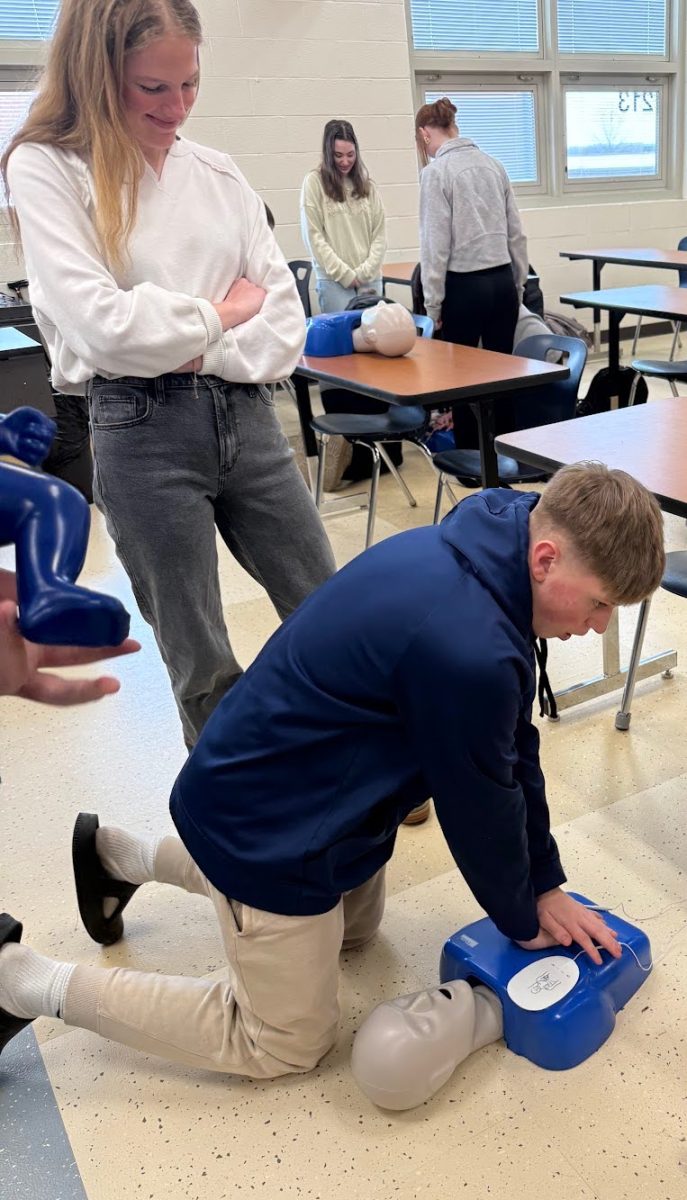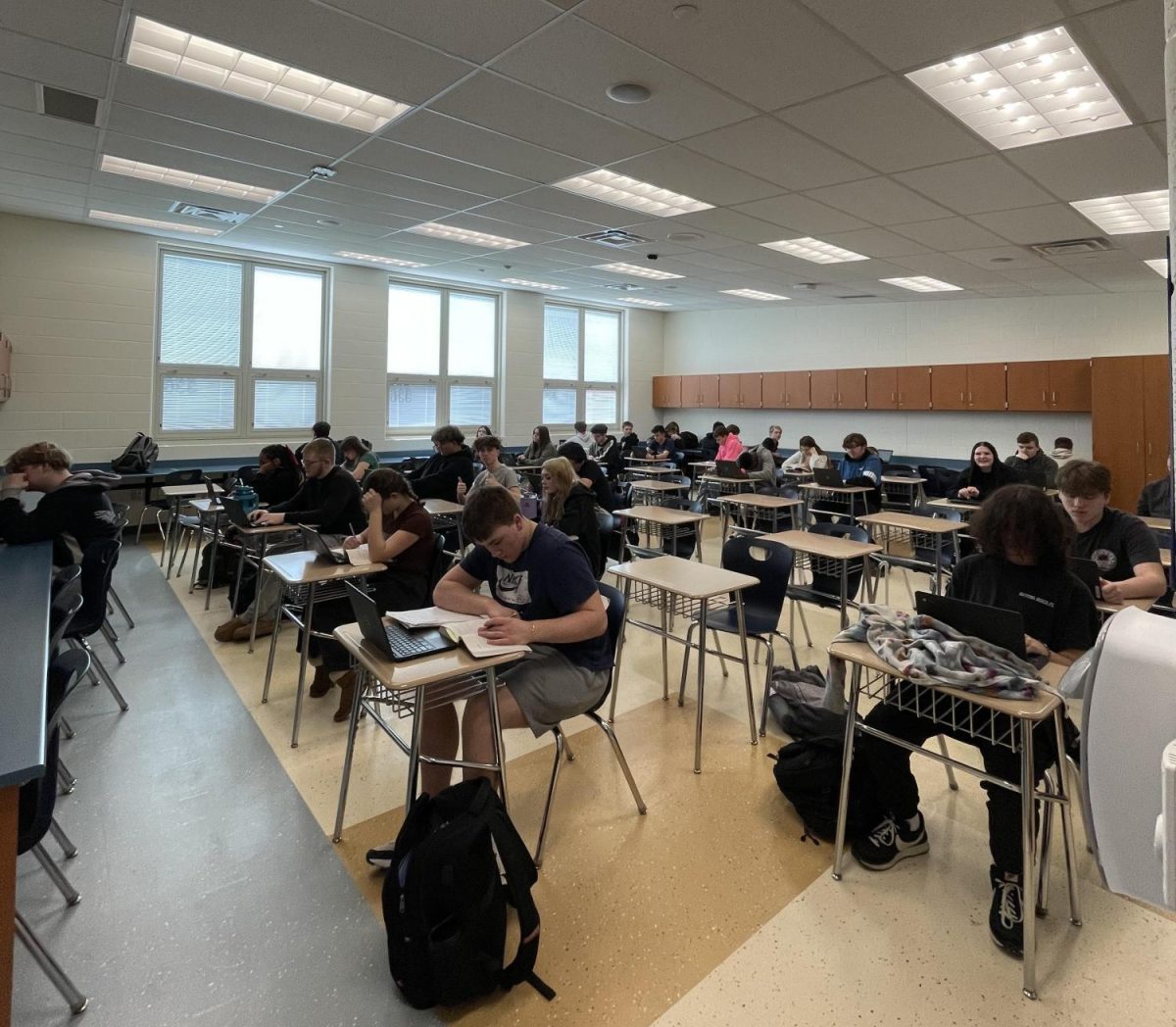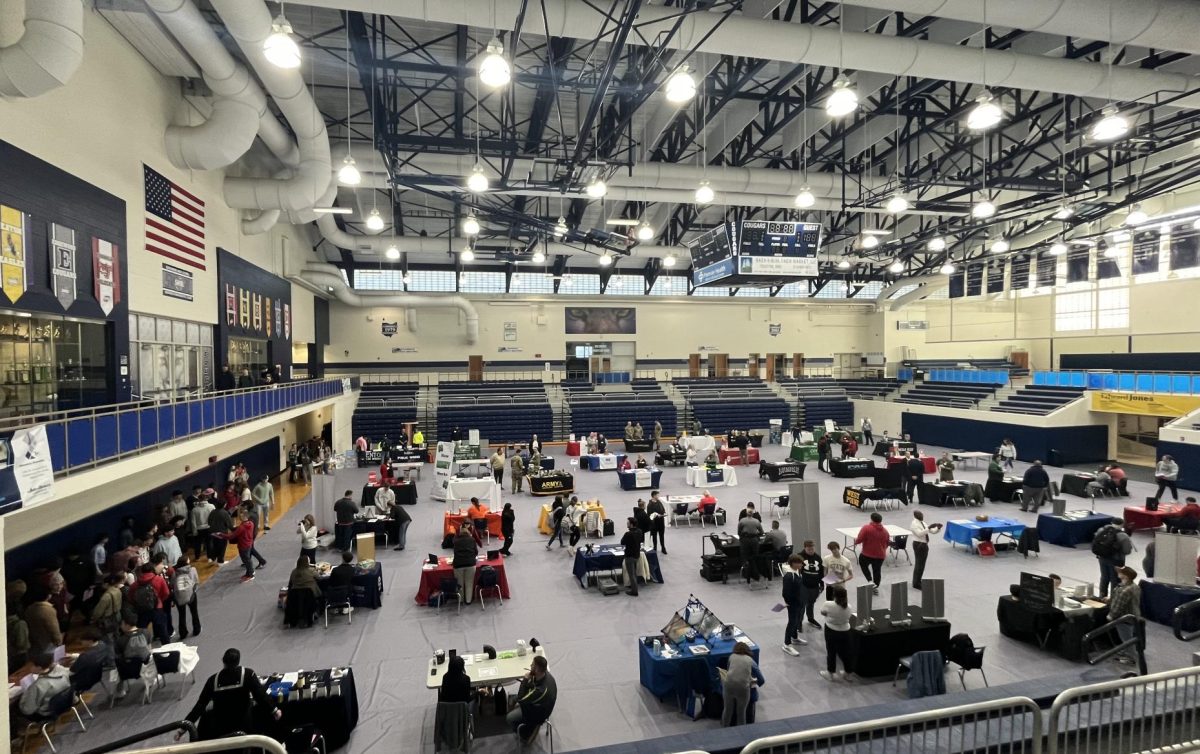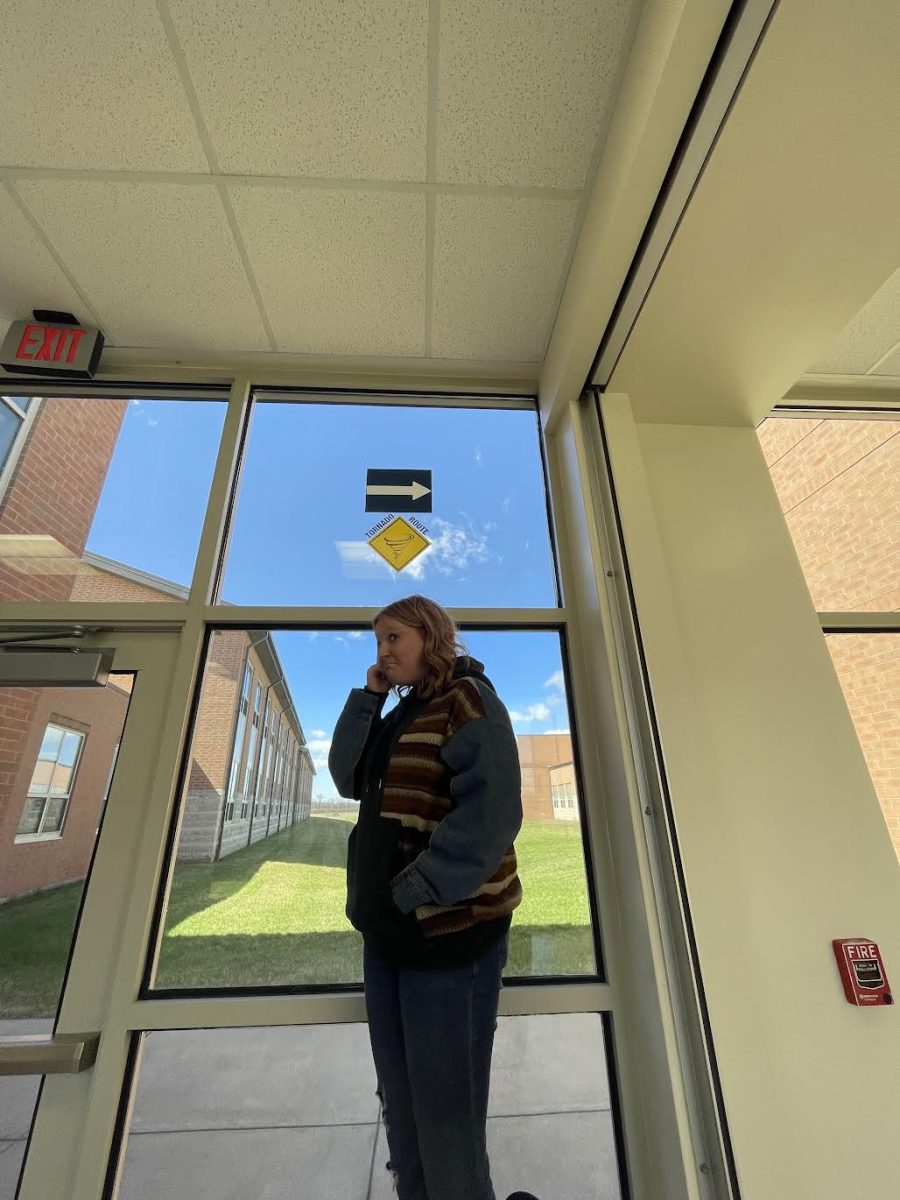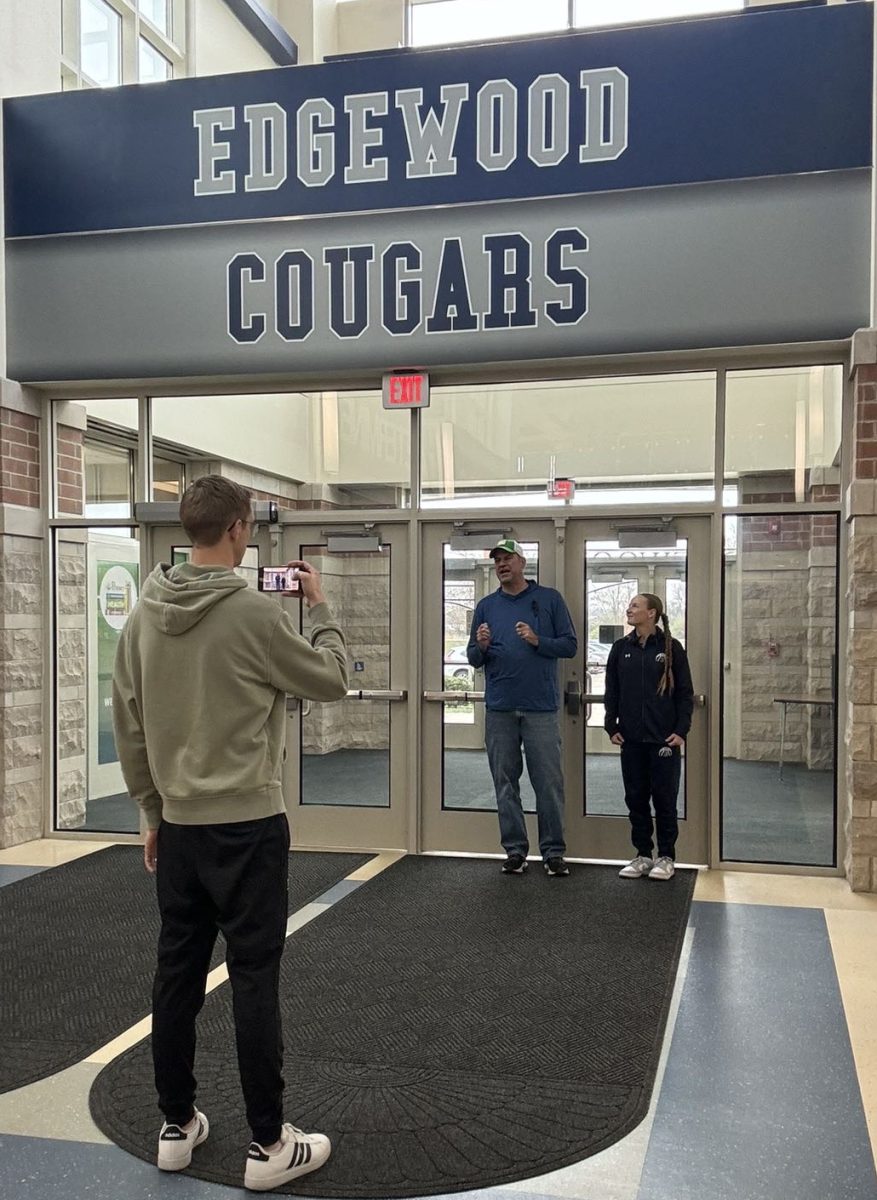What is a Solar Eclipse and what does it mean?
(photo credit: NASA/Aubrey Gemignani)
Solar eclipses are just one of many out-of-this-world phenomena, but what are they? “A solar eclipse occurs when the moon positions itself between Earth and the sun, casting a shadow over Earth,” Space.com says. The time period when solar eclipses happen is known as “eclipse season.” Which only occurs twice a year. One of those eclipses happens to be on Monday, April 8, 2024, less than a month away.
What is this year’s Eclipse?
This year’s eclipse is different from the others. It is a “Total Solar Eclipse.” The last total eclipse that the U.S. had was on “August 21, 2017,” according to NASA. Total solar eclipses happen every 18 months on average, but most of the time aren’t visible to the human eye. Making viewing a total eclipse a rare event, this being the last total eclipse for 20 years. NASA says, “After the total solar eclipse on April 8, 2024, the next total solar eclipse that can be seen from the contiguous United States will be on Aug. 23, 2044.”
What is a Total Solar Eclipse?
According to NASA, “A total solar eclipse happens when the Moon passes between the Sun and Earth, completely blocking the face of the Sun. People located in the center of the Moon’s shadow when it hits Earth will experience a total eclipse.” During a total solar eclipse, the sky will darken, the temperature will drop, and if weather conditions allow, viewers can see the sun’s outer atmosphere.
How to View this Year’s Total Solar Eclipse?
NASA.gov explains that in “Cleveland, Ohio,” the total solar eclipse officially begins at 1:59 pm, the eclipse being partial. Totality starts at 3:13 pm EST and ends at 3:17 pm. Totality is when the moon completely covers the sun, making it the best time to view it. The eclipse will end around 4:30 pm in Ohio. The times might be slightly inaccurate for Trenton Residents since Cleveland is three hours away.
-Total Eclipse Safety:
Here are links explaining how to safely view a total solar eclipse and the best ways to do so:
https://eclipse.aas.org/sites/eclipse.aas.org/files/2024Apr08TSE_Safety_EN.pdf



